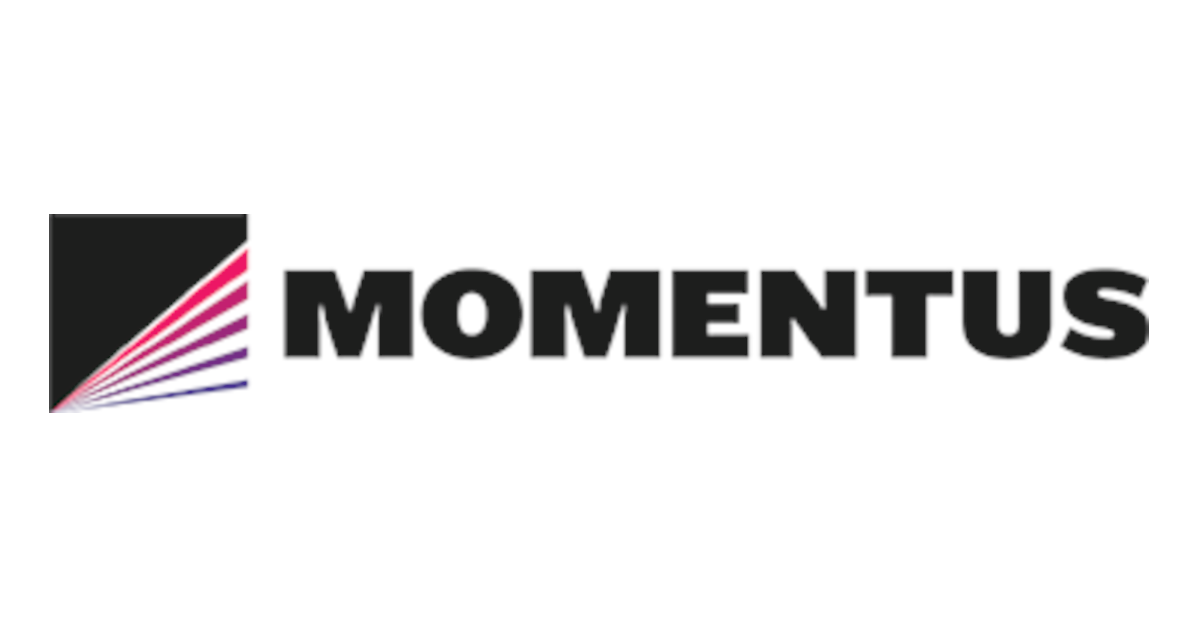Momentus Achieves First Orbit Raise with Pioneering Propulsion System
Momentus Inc. (NASDAQ: MNTS) ("Momentus" or the "Company"), a U.S. commercial space company that offers orbital transportation and in-space infrastructure services, successfully achieved the first orbital raise of its Vigoride-5 spacecraft using its pioneering Microwave Electrothermal Thruster (MET) that uses distilled water as propellant.
The successful maneuvers raised the altitude of the Vigoride Orbital Service Vehicle (OSV) by more than 3 kilometers, taking into account the atmospheric drag that the spacecraft must overcome each day. Orbital altitude raises are an integral part of Momentus’ transportation service offering that aims to deliver customer satellites to precise and custom orbits.
“This initial orbital raise was a key goal of our Vigoride-5 mission and the MET’s performance has exceeded our expectations,” said Momentus Chief Technology Officer Rob Schwarz. “Each ignition has been successful, and we’ve completed more than 35 firings ranging from 30 seconds up to six minutes in duration, which is what we plan to use operationally. Cumulatively, we have accomplished over 140 minutes of firing time of the MET system.”
“We have now operated the MET successfully in space at full power across the range of durations for firing that we plan to use operationally to deliver satellites to precise, custom orbits and to provide in-space infrastructure services like hosted payloads,” said Schwarz. “The MET has shown its ability to operate as intended to perform these missions in space, and we look forward to using it to support commercial and U.S. Government customers.”
The MET is the Vigoride OSV’s primary propulsion method that relies on solar power and uses distilled water as a propellant. It produces thrust by expelling extremely hot gases through a rocket nozzle. Unlike a conventional chemical rocket engine, which heats propellant through a chemical reaction, the MET uses a solar powered, microwave energy source to generate a hot plasma at its core that heats the propellant to generate thrust. The use of non-toxic water propellant ultimately enables simpler, safer, and more cost-efficient operations both on Earth and in space.
“The MET technology can provide future missions with higher efficiency than chemical propulsion systems and higher thrust than electric propulsion systems. With the recent discoveries of large deposits of water on the Moon and its presence on asteroids and other planets, a water-based propulsion system that can be refueled on longer missions provides a unique advantage,” said Momentus Chief Commercial Officer Chris Kinman. “With its technology working in space, Momentus is emerging as a trusted provider of in-space infrastructure services. Our proven flight heritage and MET performance, paired with our focus on affordability, flexibility, and speed, positions Momentus to be a key partner for customers looking to make the most out of their orbit.”
Momentus has flown three of its Vigoride OSVs in less than a year. The Company launched its inaugural mission, Vigoride-3, in May 2022 and deployed eight satellites to orbit from Vigoride and a third-party deployer. The Vigoride-5 spacecraft, launched in January, is providing hosted payload support for Caltech's Space-based Solar Power Project payload and deploying a satellite with the Qosmosys Zeus-1 payload. Vigoride-6, launched in April 2023, is carrying satellites for NASA and commercial customers, and a solar array developed by Momentus that will be demonstrated in space.
